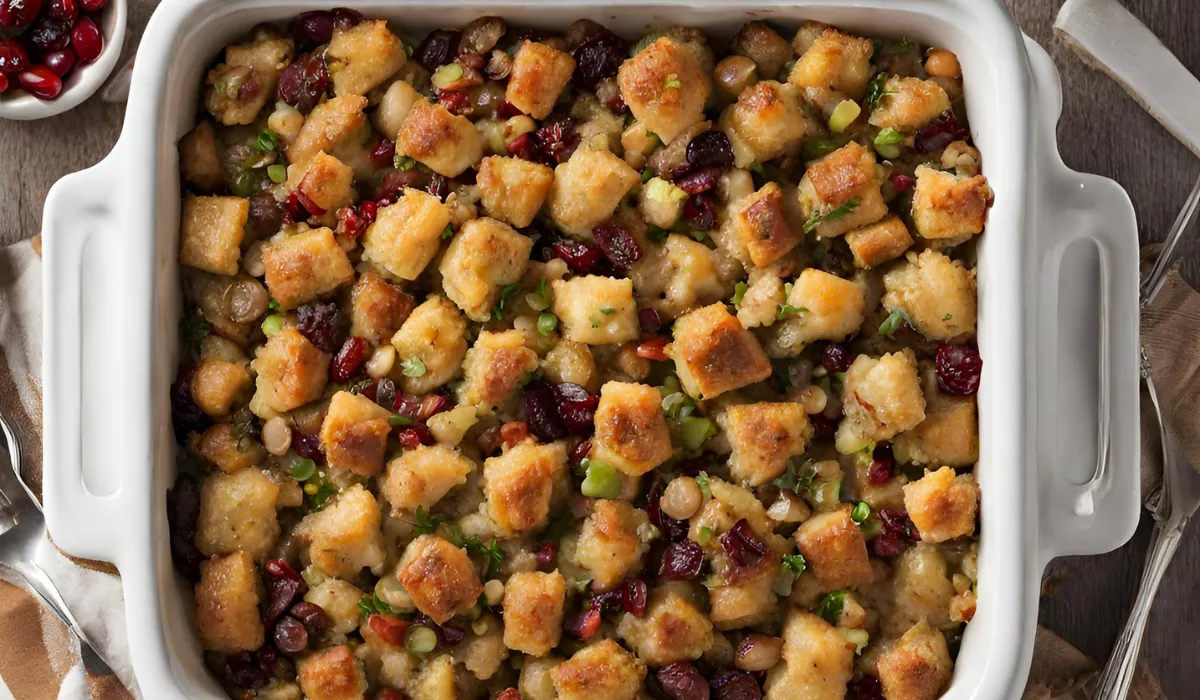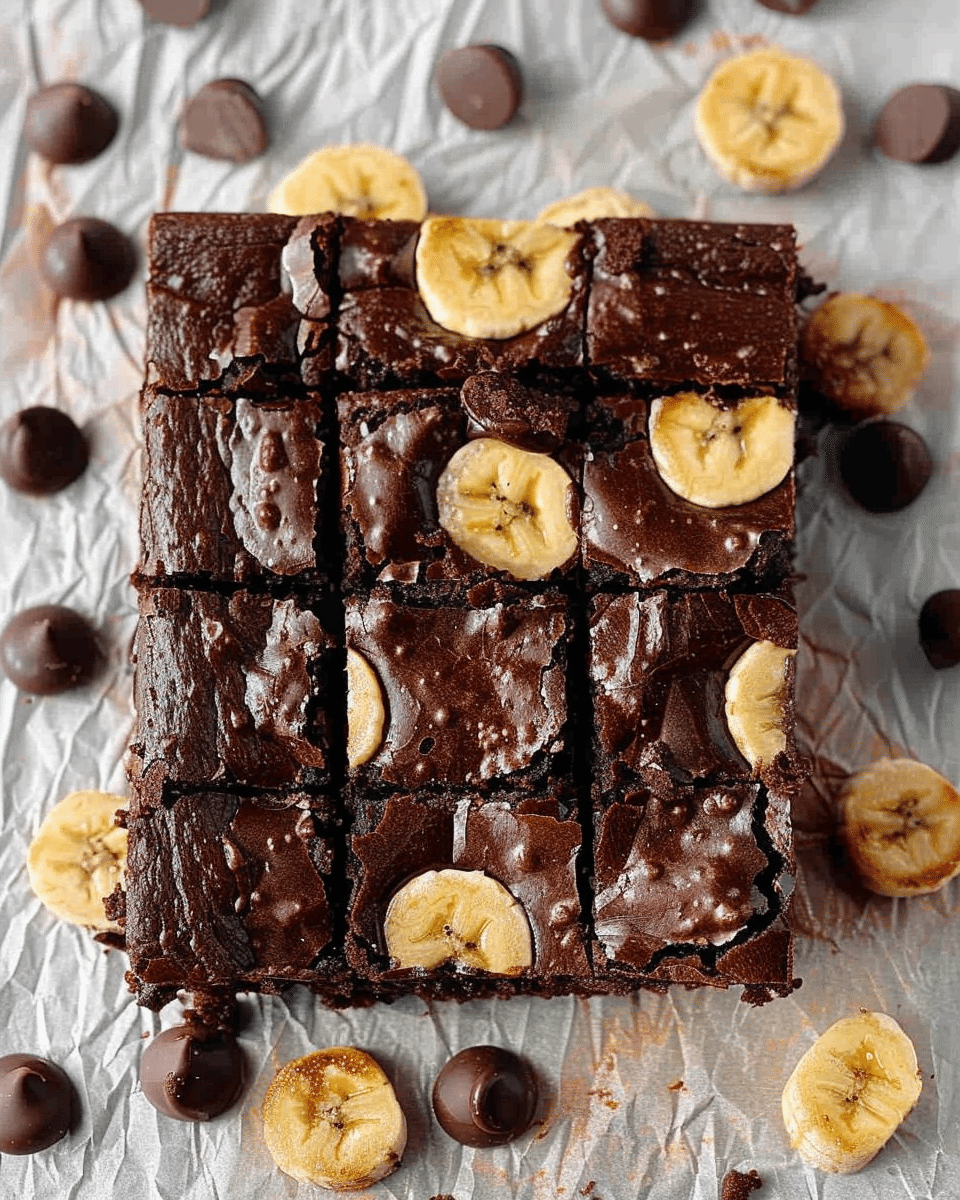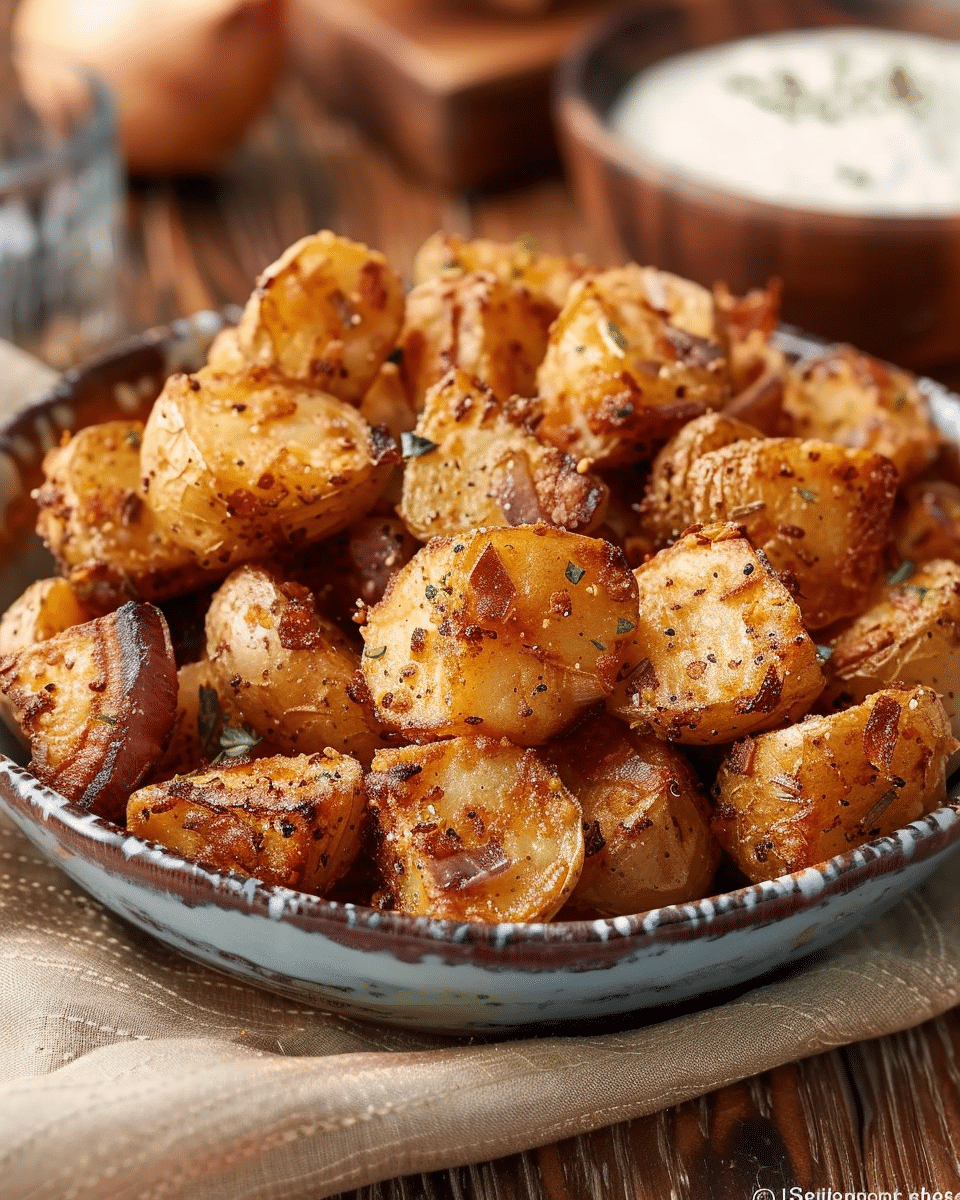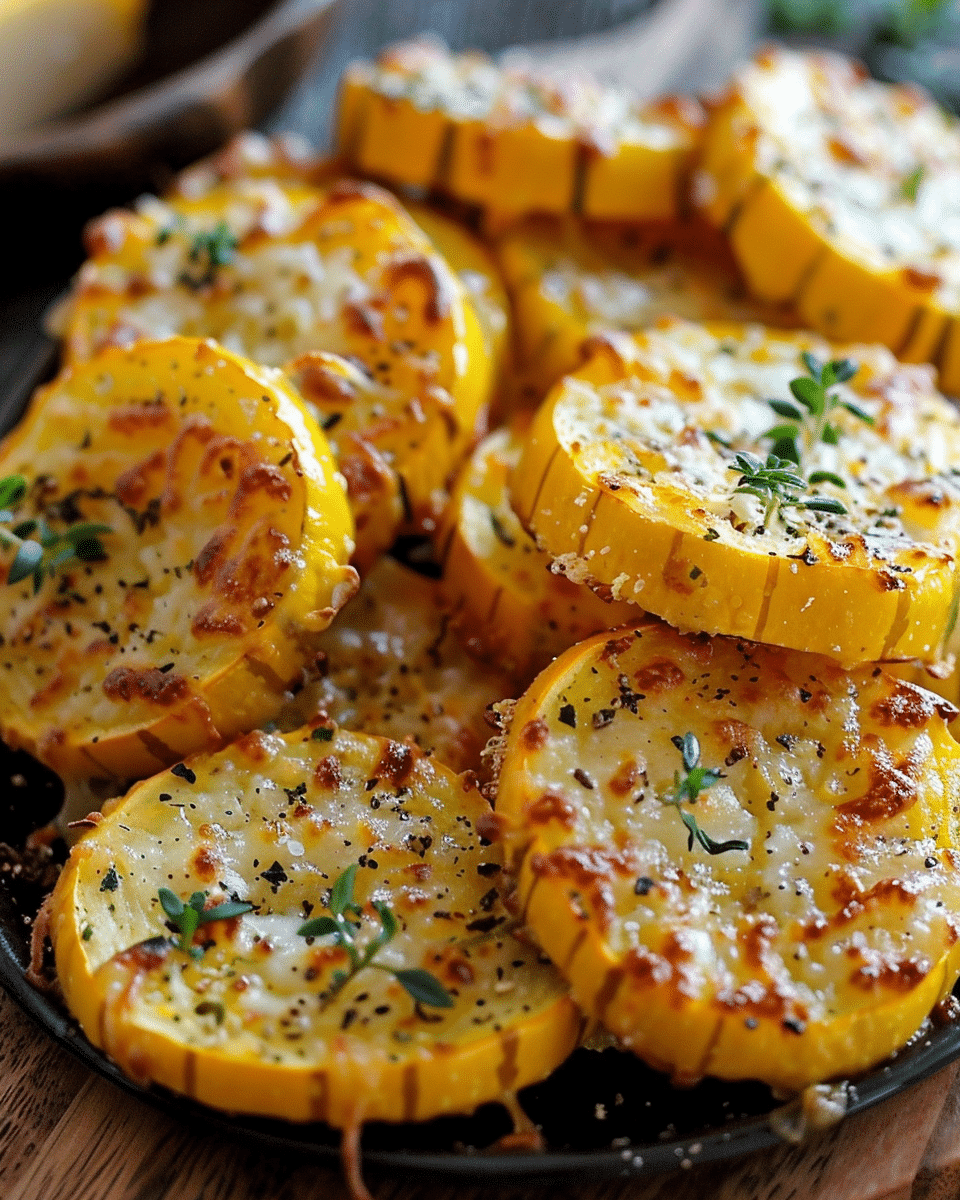Stuffing is a classic Thanksgiving dish that many people look forward to each year. It’s a staple side dish that is often enjoyed with turkey, gravy, and cranberry sauce. But what makes stuffing so tasty? In this article, we will explore the various factors that contribute to the deliciousness of stuffing.
One of the main reasons why stuffing is so tasty is because of the science of taste. The combination of flavors and textures in stuffing creates a complex and satisfying taste experience. The savory flavors from the bread and herbs are balanced by the sweetness of the dried fruit, and the soft texture of the bread is contrasted by the crunchiness of the nuts. Additionally, the umami flavor from the meat or vegetable stock adds depth and richness to the dish.
Another important factor that contributes to the deliciousness of stuffing is the ingredients used. Traditional stuffing recipes usually include bread, onions, celery, herbs, and stock. However, there are many variations that include additional ingredients such as sausage, chestnuts, apples, and mushrooms. The combination of these ingredients creates a unique and flavorful stuffing that can be customized to suit individual preferences.
Key Takeaways
- The combination of flavors and textures in stuffing creates a complex and satisfying taste experience.
- The umami flavor from the meat or vegetable stock adds depth and richness to the dish.
- The ingredients used in stuffing can be customized to create a unique and flavorful dish.
Table of contents
The Science of Taste
Taste is a complex and multi-sensory experience that involves the interaction of various sensory inputs, including sights, sounds, smells, textures, and flavors. The human sensory system allows us to distinguish about 100,000 different flavors, and the science of taste is fascinating.
Umami and Savory Flavors
Umami is a Japanese term that means “pleasant savory taste.” It is often described as a meaty, broth-like taste that is found in foods like beef, mushrooms, and soy sauce. The umami taste is created by the presence of glutamate, an amino acid that is found naturally in many foods.
When glutamate binds to taste receptors on the tongue, it triggers a chain of reactions that ultimately result in the perception of umami taste. This taste is enhanced by the presence of other compounds, such as inosinate and guanylate, which are often found in foods that contain umami.
Sweetness from Carbohydrates
Sweetness is one of the five basic tastes, and it is often associated with foods that contain sugar or other carbohydrates. When we eat foods that are sweet, receptors on the tongue detect the presence of sugars and send signals to the brain, which interprets the taste as sweet.
Different types of sugars have different levels of sweetness, and some are perceived as sweeter than others. For example, fructose, which is found in fruits and honey, is generally perceived as sweeter than glucose, which is found in many types of food.
In addition to sugars, other compounds can also create a sweet taste. For example, the artificial sweetener aspartame is often used in sugar-free products to create a sweet taste without adding calories.
Overall, the science of taste is a fascinating topic that involves the interaction of various sensory inputs to create the flavors that we experience when we eat.
Ingredients of Stuffing
Stuffing is a classic Thanksgiving dish that is enjoyed by many. It is a versatile dish that can be made with a variety of ingredients. Here are some of the common ingredients used to make stuffing:
Bread Base
The bread base is the foundation of the stuffing. It is what gives the dish its texture and flavor. The type of bread used can vary, but it is usually a dense bread like sourdough or French bread. The bread is cubed and toasted to give it a crispy texture. Some recipes call for the bread to be soaked in broth or milk to make it more moist.
Herbs and Spices
Herbs and spices are what give stuffing its signature flavor. Sage is the most commonly used herb in stuffing, but other herbs like thyme, rosemary, and parsley can also be used. Spices like black pepper and nutmeg can also be added to give the dish a more complex flavor.
Meat and Vegetables
Meat and vegetables are often added to stuffing to give it more flavor and texture. Sausage is a popular meat to add to stuffing, but other meats like bacon or turkey can also be used. Vegetables like onions, celery, and carrots are also commonly used. These ingredients are sautéed together to give the stuffing a savory flavor.
Overall, the combination of bread, herbs, spices, meat, and vegetables makes stuffing a delicious and satisfying dish.
Explore:
- What Is The Difference Between Stuffing and Dressing?
- Meat Stuffing Ingredients Explained
- French Meat Stuffing Recipe
Cooking Techniques
Stuffing is a versatile dish that can be cooked in a variety of ways. Here are two popular methods:
Baking
Baking is the most common way to cook stuffing. To bake stuffing, preheat the oven to 350°F. Then, transfer the stuffing mixture to a baking dish and bake for 30-40 minutes, or until the top is golden brown.
One of the keys to a successful baked stuffing is to make sure it stays moist. To do this, cover the dish with foil while baking, and remove the foil for the last 10-15 minutes of cooking to allow the top to brown.
Another tip for baked stuffing is to use a flavorful broth or stock to keep the stuffing moist and add extra flavor. Additionally, mixing in some beaten eggs before baking can help bind the stuffing together and create a custardy texture.
Stovetop Cooking
Stovetop cooking is another popular method for making stuffing. To cook stuffing on the stovetop, start by melting some butter in a skillet over medium heat. Then, add the stuffing mixture and cook until the bread is toasted and the vegetables are tender.
One of the benefits of stovetop cooking is that it allows for more control over the texture of the stuffing. Cook it longer for a crispier, drier texture, or add more liquid for a softer, more moist texture.
To add extra flavor to stovetop stuffing, consider using a flavorful broth or stock, or adding in some herbs and spices like sage, thyme, or rosemary. Additionally, sautéing some onions and garlic before adding the other ingredients can add depth and complexity to the flavor profile.
Cultural and Regional Variations
Stuffing is a dish that varies widely in terms of ingredients, preparation, and presentation across cultures and regions. Here are some of the most notable variations:
American Stuffing
In the United States, stuffing is a staple of Thanksgiving dinner and is often made with bread, herbs, and spices. However, the ingredients and preparation methods used to make stuffing can vary depending on the region. For example, in the South, cornbread is often used as the base for stuffing, while in the Northeast, white bread or sourdough is more common.
Some popular variations of American stuffing include:
- Oyster stuffing, which is made with oysters, bread, celery, onions, and herbs
- Sausage stuffing, which is made with sausage, bread, onions, celery, and herbs
- Chestnut stuffing, which is made with chestnuts, bread, onions, celery, and herbs
British Stuffing
In the United Kingdom, stuffing is typically served as a side dish with roast meats such as turkey, chicken, or pork. British stuffing is often made with breadcrumbs, herbs, and spices, and may also include ingredients such as sausage, bacon, or chestnuts.
Some popular variations of British stuffing include:
- Sage and onion stuffing, which is made with breadcrumbs, onions, sage, and other herbs and spices
- Pork and apple stuffing, which is made with breadcrumbs, pork sausage meat, apples, onions, and herbs
- Chestnut stuffing, which is made with breadcrumbs, chestnuts, onions, herbs, and sometimes sausage meat
Overall, stuffing is a versatile and delicious dish that can be customized to suit a variety of tastes and preferences. Whether you prefer a traditional bread-based stuffing or a more unique variation, there’s sure to be a recipe out there that will satisfy your cravings.
Pairing with Main Dishes
Stuffing is a versatile side dish that can be paired with a variety of main dishes. Here are some popular options:
Turkey
Turkey and stuffing are a classic Thanksgiving pairing. The savory flavor of the stuffing complements the mild flavor of the turkey, making it a perfect match. For a traditional Thanksgiving meal, try making a classic stuffing recipe with bread cubes, celery, onions, and herbs.
Chicken
Chicken is another great option to pair with stuffing. A simple roasted chicken with a side of stuffing is a comforting and satisfying meal. For a twist on the classic stuffing recipe, try adding some chopped apples or dried cranberries for a sweet and savory flavor.
Vegetarian Options
For vegetarians, stuffing can be paired with a variety of dishes. One popular option is roasted vegetables, such as carrots, Brussels sprouts, and sweet potatoes. The earthy flavors of the vegetables complement the herbs and spices in the stuffing. Another option is to serve stuffing with a vegetarian gravy or mushroom sauce for a rich and flavorful meal.
No matter what main dish you choose, stuffing is a delicious and versatile side that is sure to please.
Health Considerations
Stuffing is a delicious Thanksgiving staple that many people look forward to every year. However, it is important to consider the health implications of consuming stuffing in large quantities.
Nutritional Value
According to Consumer Reports, stuffing is high in sodium and calories. A typical serving of stuffing contains about 400-500 calories, with a significant amount of those calories coming from fat. Additionally, stuffing is often made with white bread, which is low in fiber and other important nutrients.
However, there are ways to make stuffing healthier. For example, using whole wheat bread instead of white bread can increase the fiber content of the dish. Adding vegetables like onions, celery, and carrots can also boost the nutritional value of the stuffing.
Dietary Restrictions
For individuals with dietary restrictions, stuffing can be a tricky dish to navigate. Those with celiac disease or gluten intolerance should avoid stuffing made with traditional bread, as it contains gluten. Instead, they can use gluten-free bread or rice to make their stuffing.
Vegetarians and vegans may also need to modify their stuffing recipe to fit their dietary needs. Traditional stuffing often contains meat or meat-based broths, but there are plenty of vegetarian and vegan stuffing recipes available that use vegetable broth or other meat substitutes.
Overall, while stuffing may not be the healthiest dish on the Thanksgiving table, there are ways to make it more nutritious and accommodating to different dietary needs.
FAQs
Stuffing is beloved for its rich blend of flavors and textures. It combines savory herbs, bread, and often meats or vegetables, creating a comforting, hearty side dish that complements many main courses.
Stuffing is a traditional Thanksgiving dish in the U.S., often reserved for this special occasion to maintain its unique association with the holiday. However, it can be enjoyed any time of the year.
Traditional stuffing can be high in calories and sodium, especially if made with white bread and added fats. For a healthier option, use whole grain bread, add more vegetables, and limit high-fat ingredients.
Many consider stuffing the best side dish due to its versatile flavors and textures that pair well with various main dishes. It absorbs flavors from other foods, enhancing the overall dining experience.
Conclusion
In conclusion, stuffing is a versatile and delicious dish that can add flavor and texture to any meal. Whether it’s crunchy on the outside and soft on the inside or made with cornbread, stuffing can be tailored to suit any taste preference.
One of the main reasons why stuffing is so good is because it soaks up the juices and spices of the other ingredients, giving it a rich and savory taste. Additionally, the bread used in stuffing can be seasoned and prepared in a variety of ways, allowing for endless possibilities when it comes to flavor combinations.
While there are many different recipes and variations of stuffing, it is important to note that the basic ingredients remain the same: bread, broth, aromatics, and herbs. However, some recipes may incorporate additional ingredients such as dried fruit, various proteins, or nuts.
Overall, stuffing is a staple dish that is enjoyed by many during the holiday season and beyond. Its versatility and delicious taste make it a popular choice for any meal or occasion.








